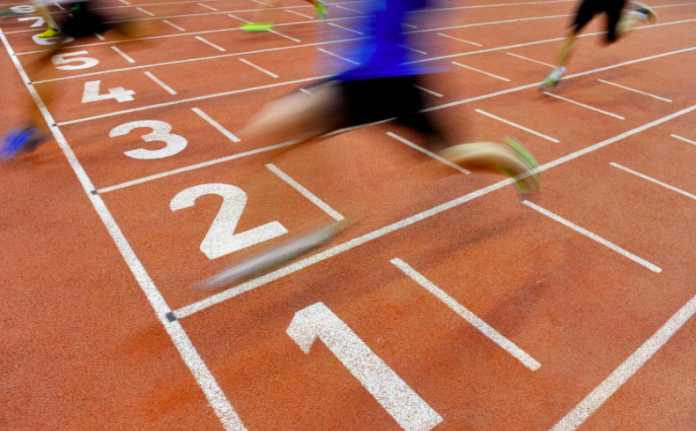Running speed is a combination of 2 factors – your stride length and the frequency you take those strides which is also known as cadence. To run faster, either one of these factors increases. Typically, an elite runner runs at a cadence of 180 – 200, no matter the speed they are going at and adjust the length of their strides to go faster.
The Benefits Of A Higher Cadence
For a beginner runner increasing your cadence is more ideal as compared to your stride length. The reasoning behind this is because it is easy to overstride when you increase your stride length. Overstriding means your foot lands in front of your body. This can easily lead to an injury. A higher stride rate means that your foot is hanging in the air for a less amount of time. The longer your foot is in the air, the harder it hits the ground and over time the impact may lead to an injury.
A higher stride rate is also more ideal because of the force that helps propel you forward. If you spend too much time floating in the air, it decreases the amount of force pushing you forward. Your energy is spent on pushing yourself upwards, instead of propelling yourself forward which is the main goal.
How To Calculate Your Cadence?

Running cadence is how many times your foot strikes the ground in a minute. You can calculate the by counting the number of times your right foot hits the ground in a span of 30 seconds. Multiply this number by 4 to get your running cadence.
How To Up Your Cadence?
Increasing your cadence is relatively straightforward as compared to increasing your stride length. One of the ways is to focus on increasing your cadence on a treadmill at a set speed. Practise makes perfect with this one. Alternatively you can purchase a metronome and use it for brief periods during your run to build up your cadence. A metronome has an exact tempo for you to follow as to when your foot should strike the ground. However, note that it is good to build up your running cadence slowly. A forced sudden increase can lead to technique issues.


